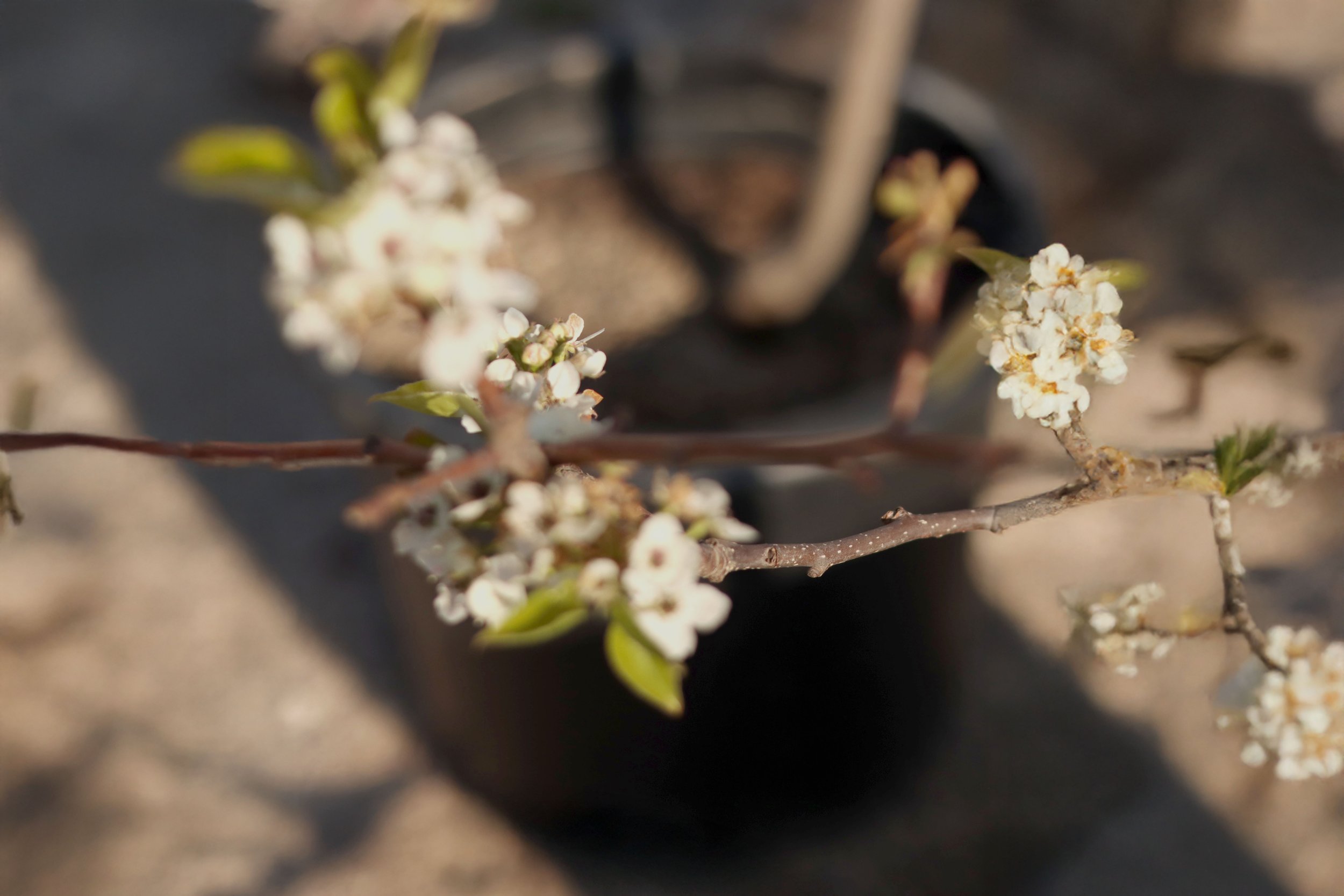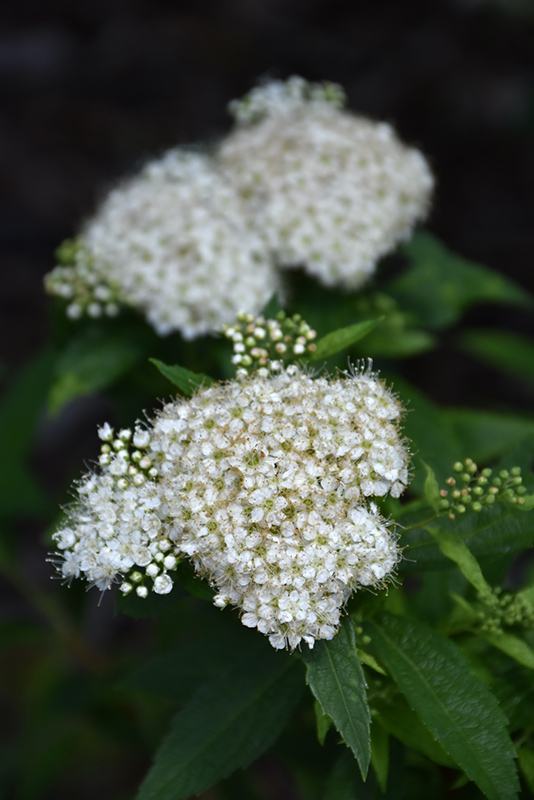
PLANT SEARCH
Height: 24 inches
Spread: 3 feet
Sunlight:
![]()
Hardiness Zone: 3
Description:
A beautiful spreading garden shrub with clusters of brilliant white flowers held over the foliage, turns reddish-purple in fall; excellent in groupings, needs full sun and well-drained acidic soil, subject to chlorosis in alkaline soils
Ornamental Features
Japanese White Spirea features showy clusters of white flowers at the ends of the branches from late spring to early summer. It has green deciduous foliage. The small serrated pointy leaves turn an outstanding coppery-bronze in the fall.
Landscape Attributes
Japanese White Spirea is a dense multi-stemmed deciduous shrub with a more or less rounded form. Its relatively fine texture sets it apart from other landscape plants with less refined foliage.
This shrub will require occasional maintenance and upkeep, and is best pruned in late winter once the threat of extreme cold has passed. It is a good choice for attracting butterflies to your yard, but is not particularly attractive to deer who tend to leave it alone in favor of tastier treats. It has no significant negative characteristics.
Japanese White Spirea is recommended for the following landscape applications;
- Mass Planting
- Rock/Alpine Gardens
- General Garden Use
Planting & Growing
Japanese White Spirea will grow to be about 24 inches tall at maturity, with a spread of 3 feet. It tends to fill out right to the ground and therefore doesn't necessarily require facer plants in front. It grows at a fast rate, and under ideal conditions can be expected to live for approximately 20 years.
This shrub should only be grown in full sunlight. It prefers to grow in average to moist conditions, and shouldn't be allowed to dry out. It is not particular as to soil type, but has a definite preference for acidic soils, and is subject to chlorosis (yellowing) of the foliage in alkaline soils. It is highly tolerant of urban pollution and will even thrive in inner city environments. This species is not originally from North America.


